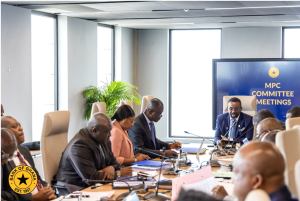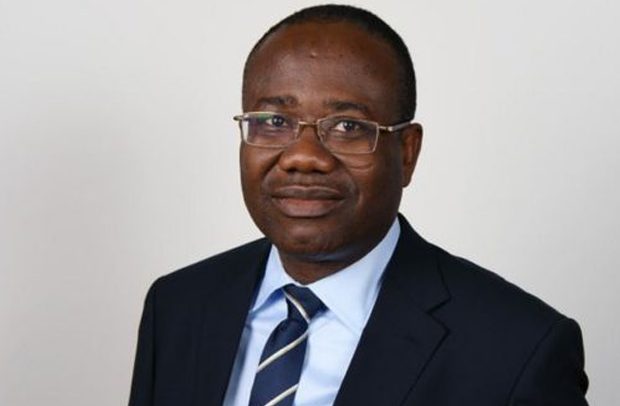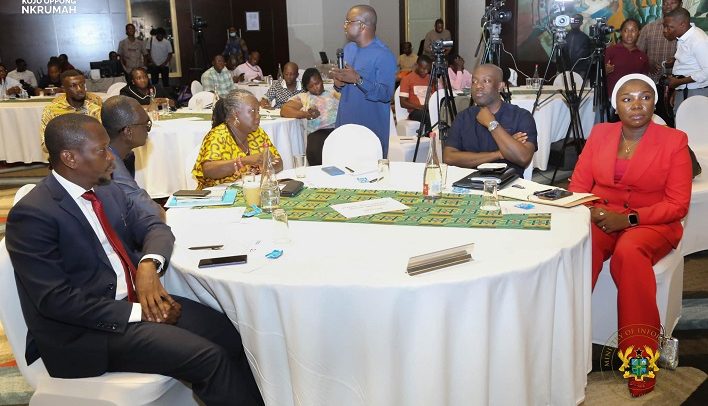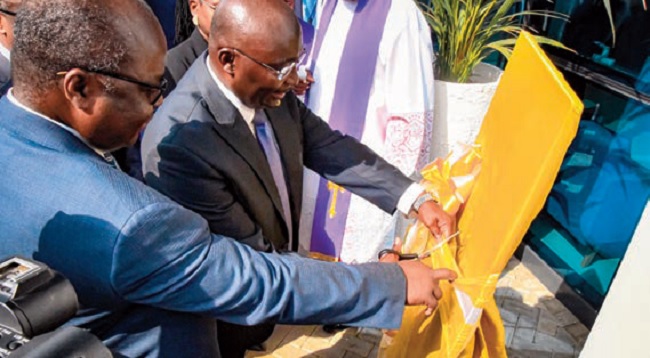
- not more than 200bps drop’, analysts say
- despite inflation at 11.5%
- as concerns linger over exchange rate, utility tariffs
By Joshua Worlasi AMLANU & Ebenezer Chike Adjei NJOKU
The Bank of Ghana Monetary Policy Committee (MPC) is expected to adopt a cautious approach at its 126th meeting this week, weighing recent progress in stabilising prices and the currency against persistent threats that could derail the disinflation process.
Headline inflation eased to 11.5 percent in August, the lowest since October 2021, supported by tight monetary policy, fiscal consolidation and improved food supplies. At its July meeting, the MPC responded to this favourable trend by cutting the policy rate by 300 basis points (bps) to 25 percent – its most significant easing in years.
Yet both policymakers and market analysts caution that the pace of further cuts is likely to be more measured in the months ahead.
Governor Johnson Pandit Asiama, in his opening remarks ahead of the MPC’s meeting, noted that the domestic recovery is gaining momentum despite a challenging global environment.

Provisional data showed Gross Domestic Product (GDP) growth accelerating to 6.3 percent in second-quarter 2025, driven by services and agriculture with non-oil GDP expanding by 7.8 percent. At the same time, external buffers improved markedly, with a US$6.2billion trade surplus in the year’s first eight months and international reserves reaching US$10.7billion – equivalent to 4½ months of import cover.
While the cedi had appreciated by more than 30 percent at the end of July this year – which was attributed to prudent monetary management, fiscal discipline and stronger foreign-exchange inflows – the local unit has seen its fortunes dwindle since mid-August, as the central bank scaled back interventions.
In light of this, the Governor stressed central bank vigilance; highlighting that global uncertainties and domestic cost pressures could challenge the trajectory of disinflation. Analysts echo this view, pointing to risks that argue for a slower pace of easing.
Courage Boti, Head-Macroeconomic Research, GCB Bank, said there is still room for further cuts given the high real policy rate, estimated at around 13.5 percent, but noted that it does not anticipate a cut of more than 200 bps.
“On that score alone, there is room to cut; but it would not be an aggressive cut, given all the dynamics you are imagining. I think tops 200 basis points to about 23 percent,” he told B&FT.
He added that the MPC will likely want to navigate the Yuletide season – including the November 2025 meetings – and assess price effects before considering more substantial reductions in 2026.
He believes that the requests by utility providers, primarily Electricity Company of Ghana (ECG) and Ghana Water Company, to increase cost elements of their tariffs by more than 200 percent will weigh heavily on the MPC’s decision making, as it could have significant inflationary implications.
“We have seen assumptions around the PURC feeding into the policy timeframe. While its implementation may not be immediate, it carries inflationary implications for the next five to six months – even if it only takes effect from January. These factors collectively underscore the need for caution,” he explained.
Others take an even more cautious view, with Kofi Kyei Busia, Head of Pension Management at Merban Capital, noting that while inflation is likely to decline marginally in the near-term, the risk of reversal remains high.
He cited ongoing geopolitical tensions in the Middle East, which have lifted petroleum prices globally, as well as questions surrounding durability of foreign inflows that have underpinned the cedi.
“From all indications, inflation is expected to decline in the near-term. However, the risk of reversal remains elevated – given persistent geopolitical tensions in the Middle East and their impact on global petroleum prices. The cedi’s current stability has been supported by recent inflows, but questions remain about the sustainability of this support. If those inflows taper, the strength we are seeing may not hold – with implications for inflation going forward,” he explained.
Mr. Busia argued that these risks leave little scope for bold action.
“While we anticipate a marginal decline in inflation, the threats are very clear and cannot be ignored. The prudent approach for the Monetary Policy Committee is to remain cautious, as these risks could delay a sustained disinflation path,” he added.
In July, the committee sought to strike a balance; stressing that while easing is warranted, it remains prepared to adjust policy as the disinflation process evolves.
“Our commitment remains firm: maintain price stability, safeguard financial stability and create the conditions for inclusive, sustainable growth,” Governor Asiama repeated during Monday’s meeting.
The post MPC set to tread cautiously appeared first on The Business & Financial Times.
Read Full Story
























Facebook
Twitter
Pinterest
Instagram
Google+
YouTube
LinkedIn
RSS